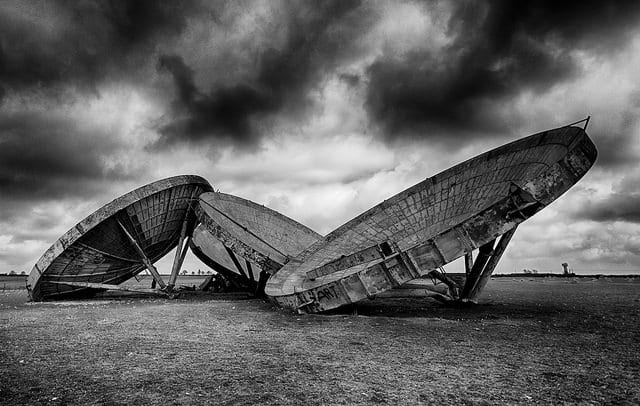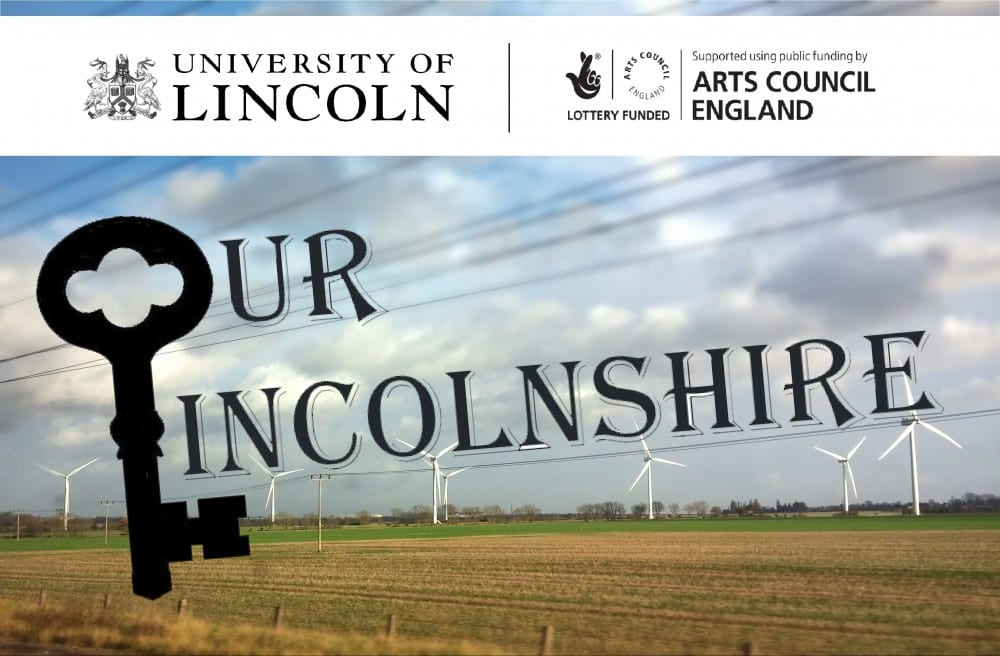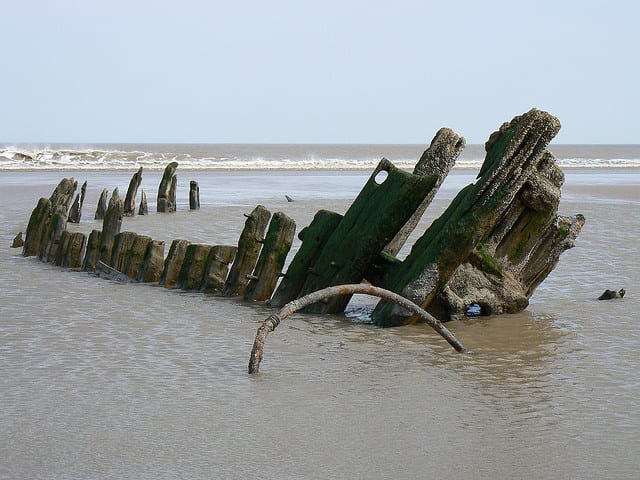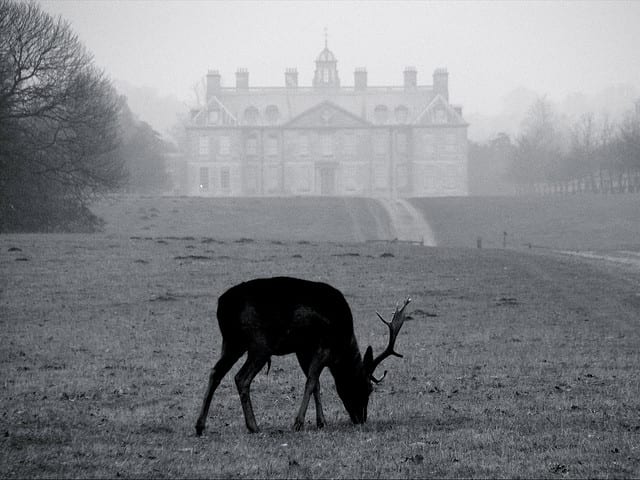 The University of Lincoln’s Our Lincolnshire project was a county-wide public consultation on public attitudes to Lincolnshire’s heritage. The full ‘Our Lincolnshire’ report is published by Archaeopress and can be downloaded free as a pdf or ordered for postal delivery as a hard copy.
The University of Lincoln’s Our Lincolnshire project was a county-wide public consultation on public attitudes to Lincolnshire’s heritage. The full ‘Our Lincolnshire’ report is published by Archaeopress and can be downloaded free as a pdf or ordered for postal delivery as a hard copy.
Summary of the Our Lincolnshire project (2015-16)
The term ‘heritage’ is used to refer to anything that has historic or cultural value which can be passed from one generation to the next. Heritage can include physical things created by humans such as objects, buildings and monuments, as well as non-physical things such as traditions, crafts, ceremonies, songs, literature, digital material, stories and memories. Heritage activities bring people today into contact with their heritage, and can include visiting, watching, listening, reading, handling, teaching, re-enacting and re-creating.
Why heritage matters
Recent research carried out by BritainThinks for the Heritage Lottery Fund revealed that ‘the UK’s heritage helps make us happier about where we live, and puts heritage firmly at the heart of shaping and improving quality of life across the UK.’
After talking to 4,000 people, the national survey found that:
- 93% see heritage as important to ‘the country’
- 81% see heritage as important to ‘me personally’
- 80% say local heritage makes their area a better place to live
- 64% think local heritage has got better while they have lived in the area
People see heritage delivering benefits that relate directly to their quality of life, bringing economic benefits like tourism and creating good jobs, making places more visually attractive, providing family leisure opportunities, helping people to understand where they come from, instilling local pride and encouraging social cohesion.
Attitudes to heritage in Lincolnshire
The ‘Our Lincolnshire’ project aimed to find out what people think about heritage in Lincolnshire in order to advance knowledge and to help heritage policy-makers, curators and practitioners in the country better understand the county’s heritage needs and wants, so that these can be met in the future.

Abandoned antennae dishes at RAF Stenigot, Donington-on-Bain. Photo credit: Darren Flinders, 2015, CC BY-ND 2.0
The aims of the Our Lincolnshire project
‘Our Lincolnshire’ was funded by Arts Council England (ACE), aiming to understand the value that inhabitants of, and visitors to, Lincolnshire place on the county’s heritage, and the relevance this has to them. These insights will then help inform future strategies for heritage curation and service provision.
There has been recognition by the county heritage sector that the heritage of rural areas of Lincolnshire does not attract as much attention as the many iconic city-centred attractions, facilities and services. This separation between people in Lincolnshire and their county heritage is thought to generate indifference towards heritage sites and collections, which presents challenges for reviewing the purpose and function of museums and heritage services.
Re-connecting people in Lincolnshire with their heritage in a meaningful and creative way is needed to justify the continued collection, curation and presentation of heritage, so that is effective in encouraging responsible guardianship of heritage, building social capital within communities, and ensuring this resource reflects, meets and advances contemporary interests, needs and aspirations. The issue of how best to achieve these aims for rural heritage affects areas well beyond Lincolnshire and also reflects the wider ‘crisis of identity’ affecting British citizenship.
‘Our Lincolnshire’ involved undertaking and analyzing a programme of structured creative public engagement to ensure that that the future form and nature of the collections development strategy for Lincolnshire will be firmly rooted in the interests and aspirations of residents and visitors.
The different strands of the project were:
- Heritage Survey: The survey was open between late January and early May 2016 – our thanks to everyone who has contributed to this. Results and analysis will be available soon.
- My Lincolnshire Collection: A chance to curate your own collection of 10 objects from a selection of 100 via our web app.
- Cricket in Lincolnshire: Research into the history and heritage of cricket in Lincolnshire.
- Performing Heritage in Lincolnshire: New performances exploring thoughts about Lincolnshire’s heritage – developed and performed with community volunteers.
- Who’s who? Find out more about the Our Lincolnshire project team here.


